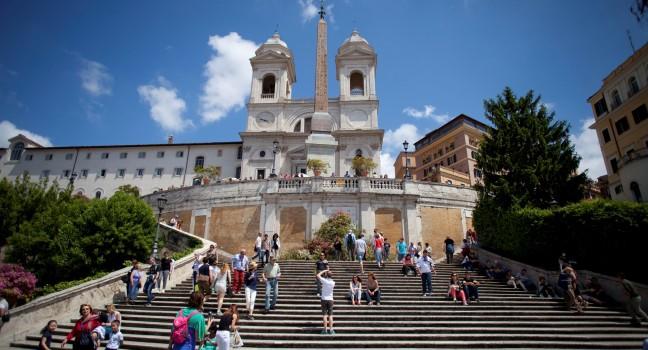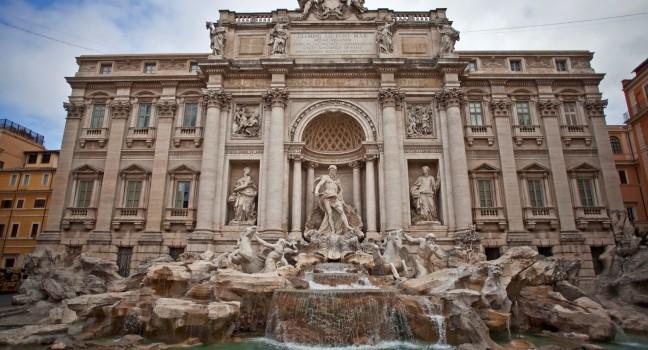Gran Priorato di Roma dell'Ordine di Malta
Although the line to peek through the keyhole of a nondescript green door in the Gran Priorato, the walled compound of the Knights of Malta, sometimes snakes around Piazza dei Cavalieri di Malta, the enchanting view is worth the wait. Far across the city, you'll see the dome of St. Peter's Basilica flawlessly framed by the keyhole and tidily trimmed hedges that lie just beyond the locked door. The priory and the square are the work of Giovanni Battista Piranesi, an 18th-century engraver who is more famous for etching Roman views than for orchestrating them, but he fancied himself a bit of an architect and did not disappoint.
Founded in the Holy Land during the Crusades, the Knights of Malta is the world's oldest and most exclusive order of chivalry. The knights amassed huge tracts of land in the Middle East and were based on the Mediterranean island of Malta from 1530 until 1798, when Napoléon expelled them. In 1834, they established themselves in Rome, where ministering to the sick became thelr raison d'être. Private, guided tours of the Gran Priorato are usually offered on Friday morning, but you must prebook by email.






